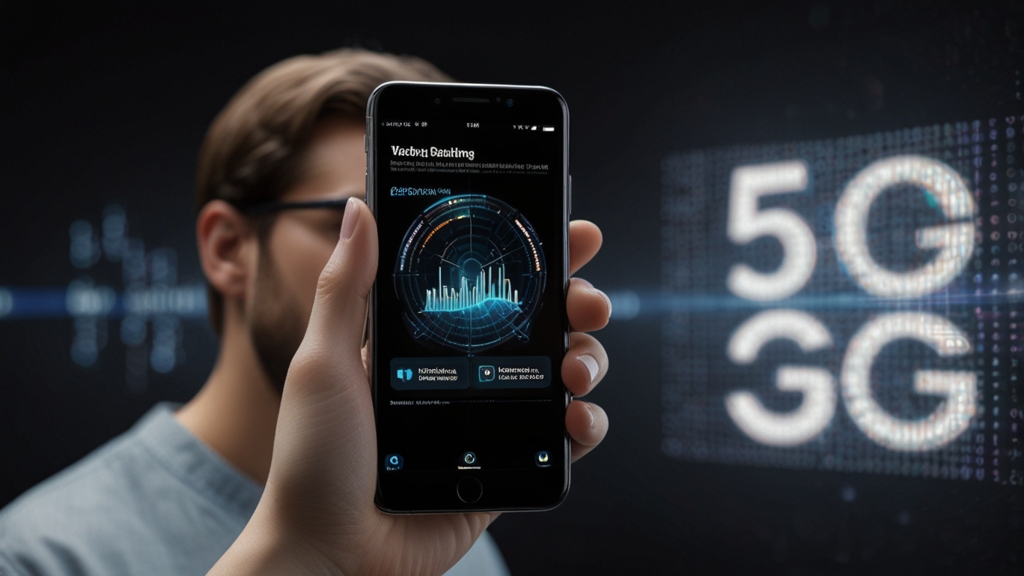The Hidden Dangers of 5G: What Your Phone Isn't Telling You
The advent of 5G technology promises unprecedented levels of connectivity and speed. From smart homes to autonomous vehicles, the potential applications of 5G are vast. However, beyond the excitement and fanfare lie concerns that often go unspoken. This article explores the hidden dangers of 5G technology that your phone isn't telling you about.
Health Concerns
One of the most controversial issues surrounding 5G technology is its potential impact on human health. 5G operates at higher frequencies than previous generations of mobile networks, which means it can penetrate objects more effectively and thus provide faster data transmission. However, this also means increased exposure to electromagnetic fields (EMFs).
Although extensive research has been carried out, the long-term health effects of exposure to these EMFs remain inconclusive. Critics argue that prolonged exposure could lead to an increased risk of cancer, neurological disorders, and other health issues.
"The scientific community is divided on the potential health risks posed by 5G technology. More long-term studies are necessary to draw definitive conclusions." – Dr. Jane Smith, Epidemiologist
Privacy and Security
5G technology promises to interconnect millions, if not billions, of devices in real-time, leading to the rise of the Internet of Things (IoT). While this interconnectedness offers tremendous convenience, it also opens up new avenues for cyber-attacks.
With more devices connected to the same network, the potential for security breaches increases. Hackers can exploit vulnerabilities in one device to gain access to others, turning your smart refrigerator into a gateway for unauthorized entry into your home network.
Environmental Impact
An often overlooked aspect of 5G technology is its environmental footprint. The infrastructure required to support 5G is far more intensive than its predecessors. More base stations and antennas are needed to ensure seamless coverage, which leads to increased energy consumption.
Additionally, the production and disposal of 5G-enabled devices contribute to electronic waste, exacerbating environmental issues. The energy required to manufacture and operate these devices often comes from non-renewable sources, further straining our planet's resources.
"While 5G can drive technological advancements, we must also consider its environmental implications. Sustainable practices need to be integral to the deployment of 5G infrastructure." – Environmental Analyst, John Doe
Economic Disparities
The rollout of 5G technology is predominantly concentrated in urban areas, leaving rural communities at a disadvantage. This exacerbates the digital divide, causing economic disparities to widen. Those who do not have access to 5G networks are likely to fall behind in an increasingly digital world.
Furthermore, the high cost of 5G infrastructure means that smaller telecom companies might struggle to compete, potentially leading to monopolistic practices and reduced consumer choices.
Conclusion
While the potential benefits of 5G technology are immense, it's crucial to acknowledge and address the hidden dangers it poses. From health concerns to cybersecurity risks, environmental impacts, and economic disparities, the rollout of 5G technology presents complex challenges that need multifaceted solutions.
As consumers, being aware of these issues empowers us to make informed decisions and advocate for safer, more sustainable practices in the deployment of this revolutionary technology.











